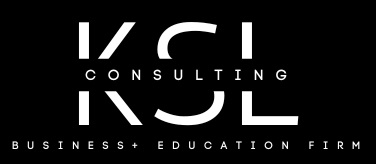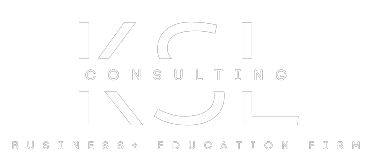In early childhood education, the pursuit of compliance with licensing, regulatory, QRIS (Quality Rating and Improvement Systems), and health and safety standards often seems like a never-ending battle. For many early learning programs, the sheer volume of paperwork and reporting can feel overwhelming, and the burden of managing compliance can overshadow the primary goal of providing high-quality care and education. In this blog post, we will explore how compliance impacts early learning programs, weigh the pros and cons of these requirements, and discuss strategies for building effective systems to manage compliance while ensuring quality remains a top priority.
The high amount of paperwork and reporting associated with compliance requirements is a significant challenge for early learning programs. Licensing, regulatory standards, QRIS evaluations, and health and safety protocols all demand extensive documentation and meticulous record-keeping. Unfortunately, many programs lack an organized system for managing these compliance tasks. Instead, they often react to requests as they arise, leading to inefficiencies and added stress.
The impact of this disorganization is substantial. Time spent on compliance-related tasks detracts from the time leaders can invest in staff development and program quality. When compliance management is reactive rather than proactive, it creates an environment where leaders are constantly catching up, rather than focusing on strategic improvements and fostering a high-quality learning environment.
The Pros and Cons of Compliance
Pros:
- Enhanced Safety and Quality: Compliance with health and safety regulations ensures that children are cared for in a safe environment and receive a high standard of care.
- Structured Improvement: Regulatory and QRIS requirements often drive programs to implement best practices, leading to continuous improvement in educational quality.
- Credibility and Trust: Meeting compliance standards can enhance a program’s credibility and build trust with parents and the community, showcasing a commitment to high standards.
- Access to Funding: Many grants and funding opportunities are tied to compliance with specific standards, providing financial support for program development and improvement.
Cons:
- Administrative Burden: The extensive paperwork and reporting requirements can be time-consuming, pulling focus away from direct educational activities and staff development.
- Stress and Burnout: Constantly managing compliance tasks without an organized system can lead to stress and burnout among staff and leaders.
- Resource Allocation: Resources spent on compliance management may divert funds and energy away from programmatic improvements and enrichment activities.
- Inefficiency: Without an effective system in place, managing compliance requirements can be inefficient and lead to missed deadlines or incomplete documentation.
Strategies for Managing Compliance and Maintaining Quality
To effectively manage the high compliance requirements and balance them with the goal of maintaining program quality, consider implementing the following strategies:
- Develop an Organized System:
Begin by identifying all compliance items required by licensing, regulations, QRIS, and health and safety standards. Understand the specific timelines and reporting protocols associated with each requirement. Create a comprehensive system that includes calendar reminders, step-by-step processes, and designated storage locations for all compliance-related documents. This system will help you stay organized and ensure that deadlines are met and documents are easily accessible.
- Implement Calendar Reminders:
Utilize digital tools to set calendar reminders for important compliance deadlines and tasks. Automated reminders will help prevent last-minute scrambles and ensure that nothing falls through the cracks.
- Establish Clear Processes:
Develop clear, step-by-step processes for handling compliance tasks. This might include checklists for documentation, procedures for submitting reports, and guidelines for maintaining records. Well-defined processes will streamline compliance management and reduce the likelihood of errors.
- Assign Responsibilities:
Delegate compliance-related tasks to specific team members or roles within your organization. Ensure that everyone involved understands their responsibilities and has the necessary resources to complete their tasks efficiently.
- Regular Reviews and Updates:
Regularly review your compliance management system to ensure it remains effective and up-to-date with any changes in regulations or standards. Periodic reviews will help identify areas for improvement and keep your system aligned with current requirements.
- Invest in Professional Development:
Provide training and professional development opportunities for staff to enhance their understanding of compliance requirements and best practices. Empowering your team with the knowledge and skills to manage compliance effectively can improve overall efficiency and reduce stress.
While compliance is an essential aspect of running an early learning program, it should not overshadow the core mission of providing high-quality care and education. By developing an organized system for managing compliance, implementing clear processes, and investing in staff development, early learning programs can effectively balance compliance requirements with the goal of fostering a thriving educational environment. With the right strategies in place, compliance can be managed efficiently, allowing leaders to focus on what truly matters: the well-being and development of the children they serve.








